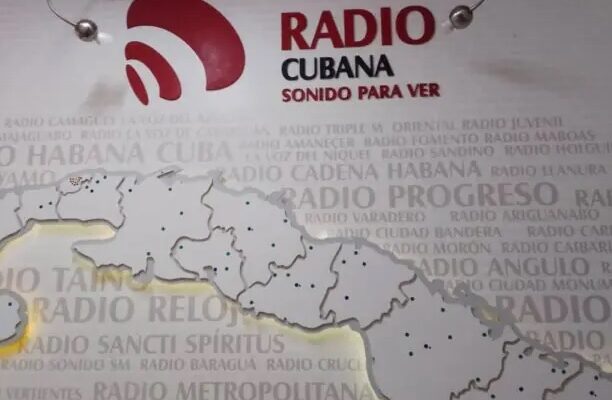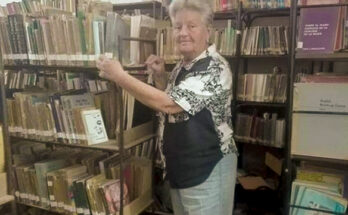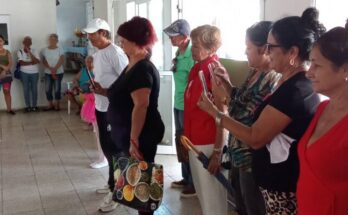Luis Casas Romero, musician, lieutenant, radio broadcasting enthusiast and Mambi patriot, deputy director of the Army Staff Band, is credited with being the first to launch a radio transmission on the air in the Cuban archipelago, on August 22, 1922.
The fact occurred when a radio station built by his son, engineer Luis Casas Rodriguez, went on the air as a transmitter and with the initials 2LC; since then, every day, the musician himself, played a call for attention with a small bugle and kept an identification signal until the traditional Havana cannon shot indicated that 9 o’clock had passed the meridian.
Then he offered the following message: It is nine o’clock, and immediately began a program that lasted until shortly before midnight and included the weather report and a newscast, as well as musical segments that were presented by one of his daughters, Zoila Casas, making her the first Latin American announcer to be officially heard.
Despite the inventiveness of the creator of the criolla genre, and the acceptance it gained among the population, the first radio station that actually operated officially in Cuba was PWX, an event that took place on October 10, 1922, sponsored by the Cuban Telephone Company; on that occasion, the young singer Rita Montaner performed, and a speech by the President of the Republic, Alfredo Zayas, was broadcast in New York through a station operated by the American Telephone and Telegraph Company.
With time, radio became the main source of entertainment in Cuban homes and modern equipment manufactured in the United States was commercialized, it was possible to capture the signals in Havana and in the rest of the provinces where, in that same decade, radio broadcasting had arrived.
From the beginning of radio broadcasting in the capital of the country, Cuba became one of the first Latin American nations to develop radio; a broadcasting medium dedicated, in a large part of its spaces, to commercial promotion, information and entertainment.
An important turning point was the opening of Radio Rebelde in the Sierra Maestra, on February 24, 1958, a radio station of the Revolution founded by Ernesto Che Guevara; after the revolutionary triumph of January 1, 1959, new laws were established that divided the sector into two camps: one formed by the owners of the large monopolies opposed to the new social project, and the other by small radio stations. After the revolutionary triumph of January 1st, 1959, new laws were established which divided the sector into two camps: one formed by the owners of the large monopolies opposed to the new social project, and the other, by the small radio stations that united to form on March 20, 1960, at the initiative of Fidel and Raul Castro, the Frente Independiente de Emisoras Libres (FIEL), which supported the transforming process from the beginning.
On May 24, 1962, the Cuban Institute of Radio Broadcasting (ICR) was created in the country, with the objective of disseminating and guiding radio and television broadcasts for the entire national territory; years later, in 1975, the organization was renamed Cuban Institute of Radio and Television (ICRT), with the mission of offering programming with high political, ideological, social, ethical and aesthetic virtues, at the service of knowledge, culture, recreation and the defense of the most sacred values and interests of the nation and all its citizens.





